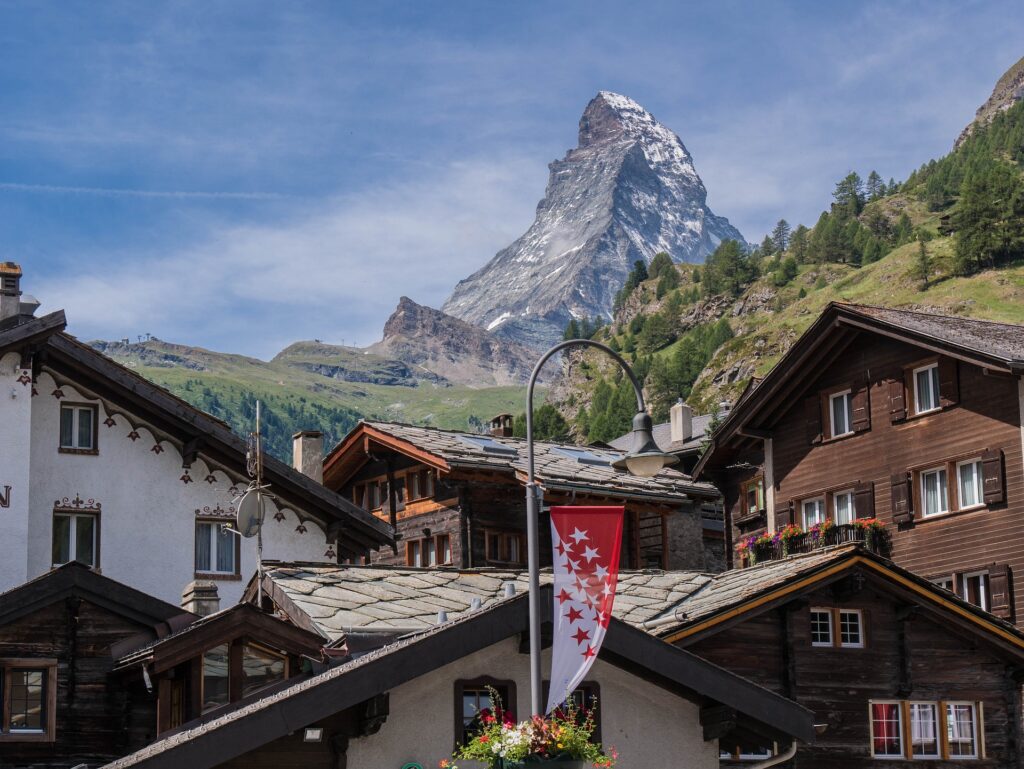Residential property prices increased by 2.7 percent
In the second quarter of 2022, the Swiss Residential Property Price Index (IMPI) increased by 2.7 percent from the previous quarter to 113.2 points (fourth quarter 2019 = 100). Compared with the same quarter of the previous year, the increase was 7.5 percent.

According to the Federal Statistical Office (FSO), both prices of single-family houses (+2.0 percent) and owner-occupied apartments (+3.3 percent) considered nationwide pointed upward in the second quarter of 2022. With regard to single-family houses, prices rose particularly sharply in urban municipalities of a small agglomeration or out of agglomeration (+4.4%), and the only category in which there was a decline was that of urban municipalities of a medium agglomeration (-0.3%). The owned apartment market segment showed rising prices compared to the first quarter of 2022 in all types of municipalities. The most pronounced price increase was found in the category of urban municipalities of a large agglomeration (+6.0%).
Here are the most livable and the most expensive cities in the world
IMPI
IMPI, or Swiss Residential Property Price Index measures the market price development of residential property in Switzerland.
The Federal Statistical Office (FSO) calculates the index on a quarterly basis, based on approximately 7,000 property purchases and sales throughout the country. Only prices of real estate transactions on the open market (excluding donations, favorable prices and cases of established inheritance) are surveyed.
The Residential Property Price Index (IMPI) is a short-term indicator and is used in particular:
- to monitor the stability of financial markets;
- for determining the monetary policy of the Swiss National Bank;
- as a basis for decision-making when purchasing real estate;
- for research and analysis;
- for other areas of government statistics (e.g., national accounts);
- for international comparisons.
Source: UST





